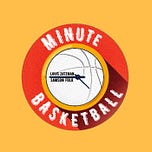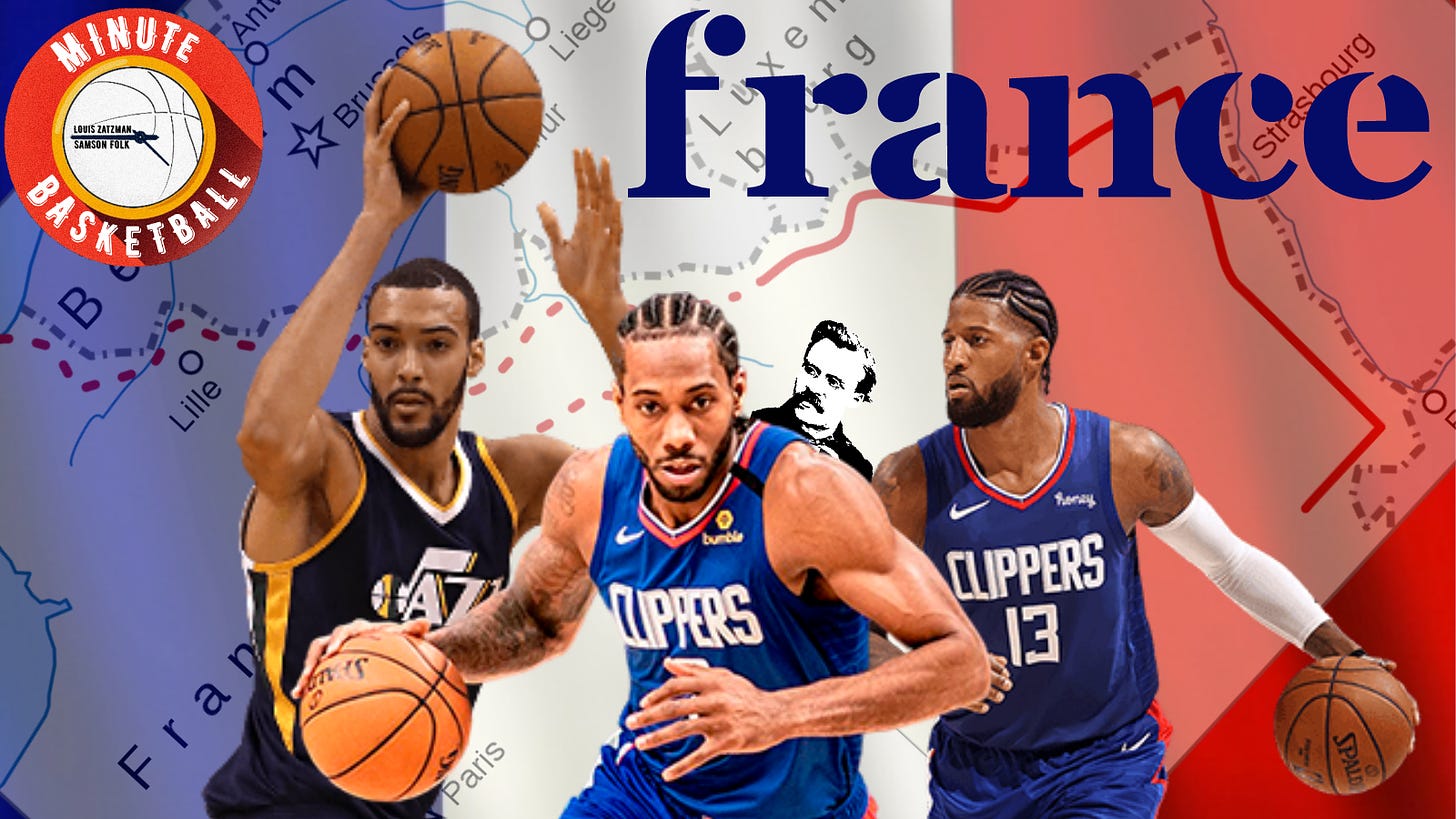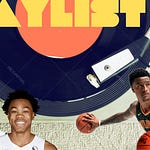The Maginot Line was a marvel of engineering. The French cannibalized their existential sense of selves after losing the Franco-Prussian War, and then a second time after the magnified horror of the First World War. So Joseph Joffre and André Maginot had an idea to prevent such a disaster a third time. They built a line of fortresses between France and Germany so modern, so fierce, that France could never be invaded.
The Maginot Line comprised defenses stretching hundreds of kilometres across the borders of France and kilometres into France, as well. On the border, there were fake residential homes full of observers. A few kilometres back sat outposts equipped to destroy tanks or armoured vehicles. Behind those were gigantic walls of metal meant to stop whatever machines made it past the outposts. Behind those were small machine gun nests. Behind those were small fortresses built underground with small artillery hiding inside. Behind those were massive fortresses built underground with massive artillery hiding inside. Behind those were homes for soldiers, who were supplied by underground rail lines and even had air conditioning in their rooms.
Such ridiculous overkill of defenses stretched across much of the eastern border of France. The whole thing involved more than 100 fortresses. The only problem: it didn’t go far enough. Germany, of course, went around when World War Two began. The defenses were meant to stop one thing and one thing only, and they did! But the offensive didn’t really want to go that way, anyway.
Almost 100 years later, and the French have again built the greatest defensive wonder in the world. This time, with rather smaller stakes: the game of basketball. Defensive Player of the Year Rudy Gobert is, in many ways, one of the best defenders in the history of the game. His presence virtually eliminates opponents’ paths to the rim, giving the Utah Jazz a massive advantage on the defensive end. The only problem is that the Jazz now face an offense with little interest going in that direction, anyway. Kawhi Leonard and Paul George (and to a lesser extent, Marcus Morris and Reggie Jackson) are some of the best pull-up shooters in the game. None of them really create all that many shots at the rim.
History always repeats itself, albeit in strange and distorted forms. This week in Minute Basketball: France.
Folk - The Clipper Offense
So, it’s possible that you could label this as cheating. Louis waxed poetic about France and the Maginot line, Rudy Gobert and the like. It’s a France episode! However (comma) since I’m talking about the attack that’s being launched against them, I am supposed to be speaking from the German side of things. I will be punting on this responsibility to some degree, in order to pursue Germany outside of its military and more so for, perhaps, its most famous philosopher, Nietzsche.
Some of Nietzsche’s core beliefs: constant flux, and the will to power. Self-mastery, and the fallacy of ‘fixed beings’ - these core tenets are what makes the Clippers operate in the fashion that they do.
Self-Mastery
Commentary on free throw shooting has been the same for a really long time. It’s an isolated action, wherein extra variables and stimuli are erased and your craft as a shooter can shine through. So, when someone fails at it, people typically just tell them to get in the gym. I’m not here to wage war against the commentary, just pointing it out. What then, is the most isolated (within reason) shot in the live version of basketball, that also happens to be common? In my mind, it’s the jump shot, be it catch and shoot or pulling up. Another “get in the gym” skill in basketball. It’s not as reliant on commonly discussed athletic traits as other basketball skills. Shawn Marion, Jaren Jackson Jr., Kevin Martin - whatever, find something successful and repeatable.
The Clippers jumper-heavy attack is spearheaded by Kawhi Leonard and Paul George. They’re joined by supplementary participants like Marcus Morris, Nicolas Batum, and Reggie Jackson. In that group, improving jumpers have brought careers from their death knell, back to life. Role players to MVP candidates, bruisers to plug-and-play scorers. Despite the power play off the court to bring the stars of this team into the fold, the very style in which this team plays was born out of the individual will of all the aforementioned players to add to their craft. Leonard, the almost unprecedented progression of skills. George, the return from his gruesome injuries. Morris, Jackson, Batum - all in search of a career renaissance (FRANCE!), and one they discovered. Self-mastery defines this team’s offense.
Constant Flux, and the will to power.
I’ve said elsewhere that the NBA overcorrected to what the Warriors were doing. The CP3-Harden Rockets were fundamentally the only team equipped to bludgeon them in the way they did, and the NBA threw bigs to the wind for a multi-year span, and one that I think is coming to an end. The Clippers could very well be the last meaningfully good team that chooses to play this way outside of what star power would dictate. The Nets aren’t included because their near unprecedented level of talent leaves DeAndre Jordan off the floor. A thought process isn’t necessary to decide whether to lean into the playstyle that benefits Harden or Jordan. There is a discussion to be had about leaning into Luke Kennard or Ivica Zubac, though. And I’m not here to talk about why. I just think it’s interesting to point out that it’s possible the Clippers are leaning into a lesser version of themselves because it suits an ill-fitted idea from, possibly, a bygone era.
Also, just for kicks, Nietzsche’s idea that the fundamental drive for power is stronger than the will to survive pairs exceptionally well with the fact that the Clippers gave virtually no thought to the human aspect of basketball as they haphazardly crafted a locker room that ended up killing last year’s version of the team - all in the pursuit of, let’s say, power.
Despite all that, and the Clippers indulging in trends that might be on their way out the door, they now find themselves across from a defense that is susceptible to them. The stage is set, Louis.
Zatzman - The French Defense
Rudy Gobert played more drop defense than anyone in the league this year. He was also better at it than anyone else. One aspect of that is of course that he stands 7-foot-2 with a 7-foot-9 (!) wingspan, the third-longest in the NBA, but it goes much deeper. He’s incredibly smart at sniffing fluff, doesn’t lose his positioning, and is strong enough to take contact and still contest everything. He was second in the league in blocks. When he contested opponents’ shots, they shot dramatically worse than expected; in fact, they shot 7.6 percent worse from the field, the third-lowest margin in the league. At the rim, his impact was even more pronounced. Opponents shot 14.6 percent worse than expected, the lowest margin of any player this season. NBA players shot worse than 50 percent from six feet or fewer with Gobert contesting.
In other words, Gobert’s presence at the rim transformed, on average, the likelihood of a make comparable to superhuman Zion Williamson’s accuracy (65.4 percent) to that of rookie guard Cole Anthony (49.7 percent), give or take a percentage point or two. That’s the type of thing you can build a defense around.
And that’s exactly what Utah did. They allowed only 30.5 percent of opponents’ shots at the rim, the fourth-fewest of any team. Of the teams that allowed fewer shots at the rim, only the Milwaukee Bucks forced opponents to miss more often. The Jazz constructed an entire defensive ecosystem around the impenetrable fortress that is Gobert at the rim.
Its players often ride offensive players’ hips over ball screens, forcing the ball paradoxically inside the arc towards the meat grinder that is Gobert. The Jazz were incredible when the ballhandler defender went over the screen and the screener defender played drop defense. That’s how they allowed the fifth-most pull-up threes this year as a team yet were the stingiest defense in the league when defending such shots. The entire premise was built around Gobert’s ability to chew up an entire region of the court and spit out stops.
The system held up in game one against the Clippers. The Clips attempted only 20 shots at the rim, giving a frequency of 23.5 percent -- far lower than the average that the stingy Jazz usually allowed in the regular season. Their accuracy of 55 percent was similarly poor. They hit half of their pull-up threes (uh oh!) but shot so rarely and so poorly at the rim that it didn’t matter.
That’s the gamble of the series. The Clippers don’t really want to get the rim, and the Jazz sure as hell aren’t going to let them, anyway. In the regular season, the Clippers constituted two of the Jazz’s seven lowest-frequency rim-attempt games, for opponents. These two teams were always going to pass like this, like ships in the night, refusing to collide out of principle (though very different principles on each side). The Jazz employ the longest, strongest defensive power known to the world. The Clippers were always going to go around.
But, some little-known military history: the Allies actually used the Maginot Line, for a brief period, during the recapture of Europe. It served them exceptionally well. So, too, will the Clippers at times be forced to attack Gobert at the rim. Jumpers are by nature high-variance, and the rim is where consistent offense is supposed to reside. Thus the results of the Clippers’ assaults on Utah’s Maginot Line will go a long way to determining this series.














Share this post